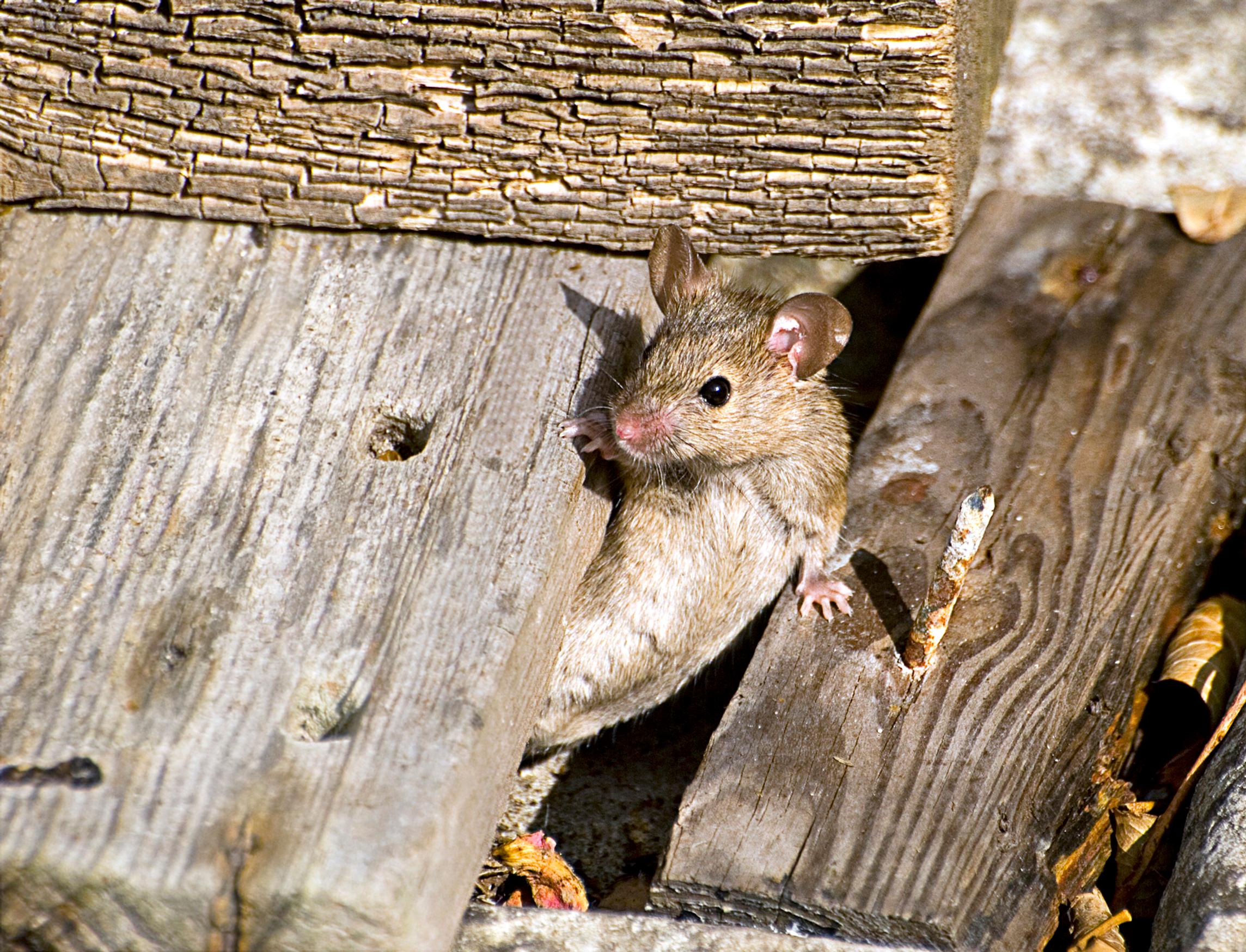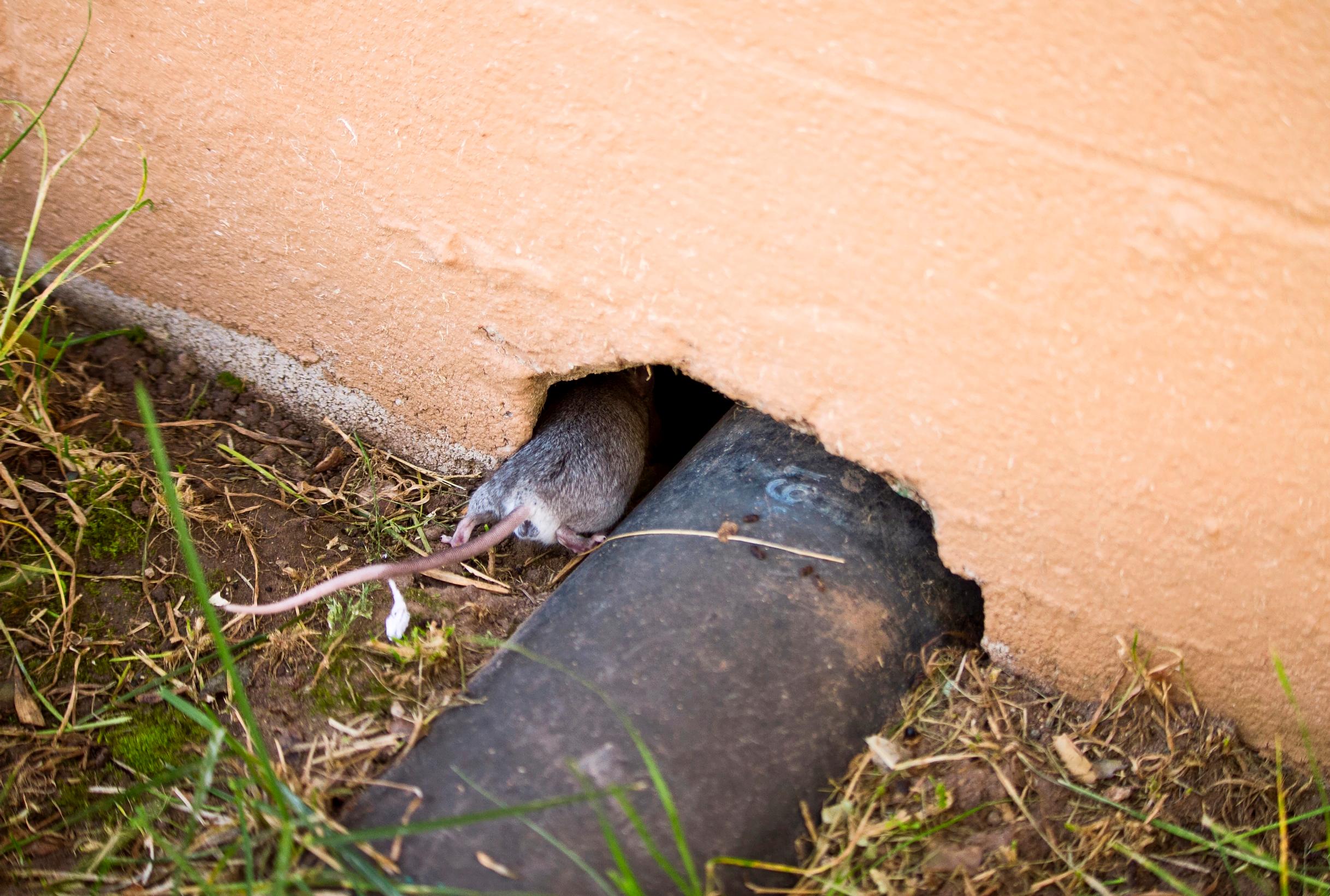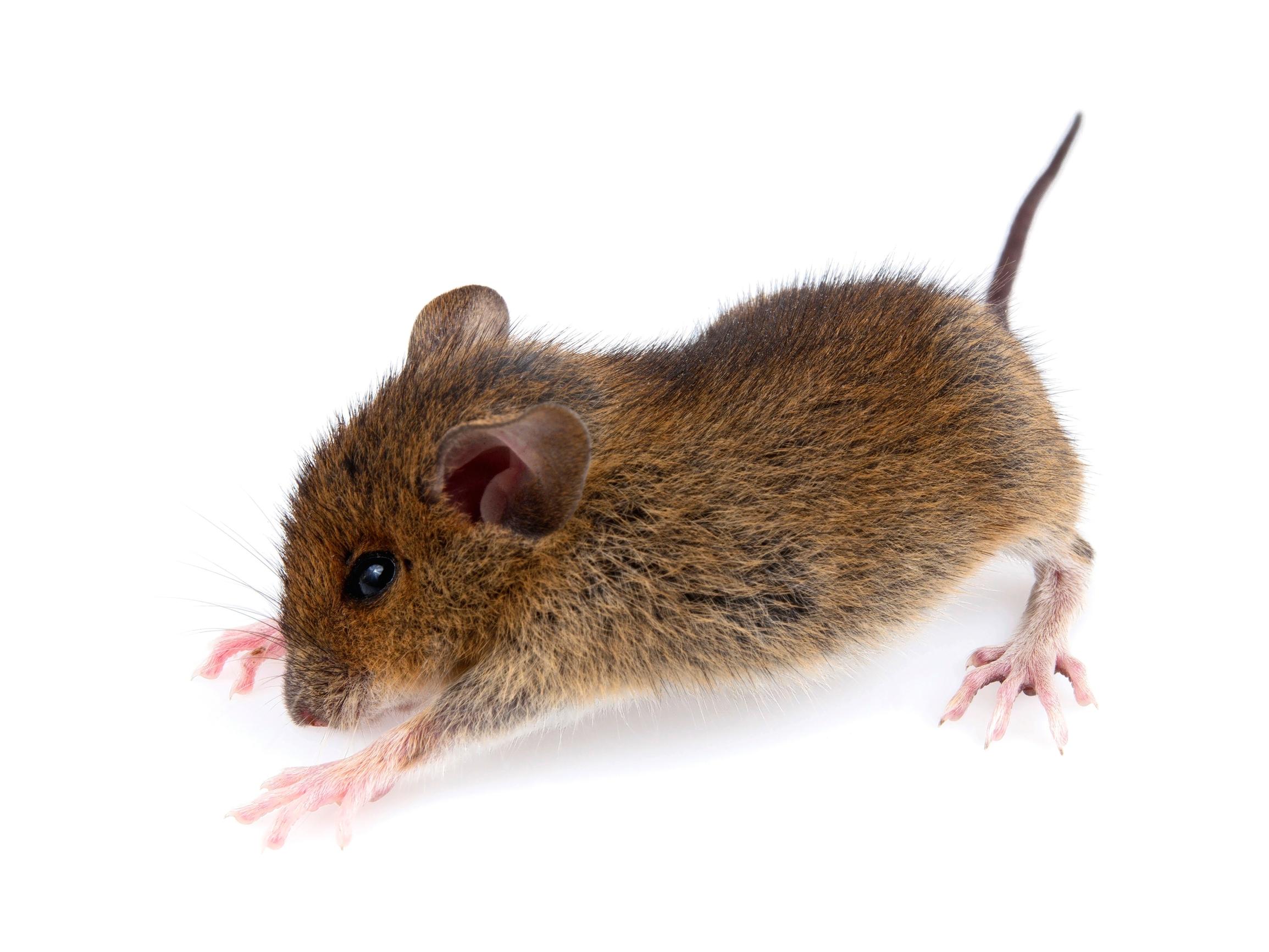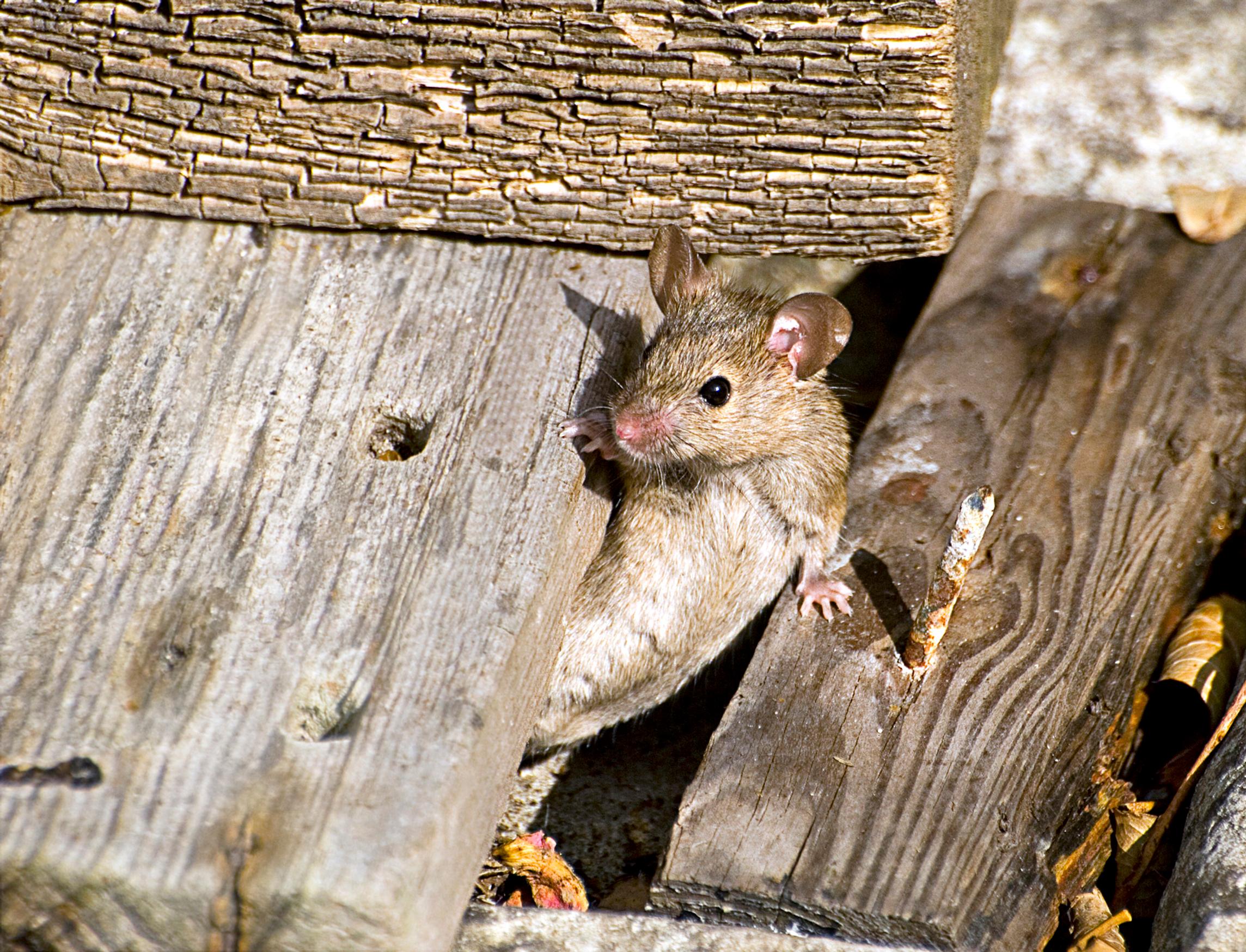
How to banish mice from your cabin—it’s tough, but these methods work
Getting rid of mice is often easier said than done. However, there are many tips for chasing them away and keeping them from getting inside. Is there one you haven’t tried yet?
Mice are not only cute but also rather likable, since they too enjoy a cozy cabin getaway. They sneak in to see if your place could serve as a comfortable, sheltered winter home. This tends to happen in the fall, once the summer visitors have left.
They might be cute, but few people are thrilled about these tiny cottage guests. There are many good reasons to get rid of them: when they’re hungry, they gnaw on electrical wiring and anything left out, and they can carry diseases. In addition to mice, shrews and voles often find their way into cottages, and they can spread Puumala virus.
You can plug holes with steel wool
There are countless methods for mouse control, but opinions on their effectiveness vary widely. When we asked readers how they ward off mice, their answers included plugging holes with steel wool and using Ecowool insulation during construction.
One reader mentioned a traditional building guide that recommended spreading lime on the intermediate floor. This keeps mice from settling in, because lime burns their paws. Lime may also act as a repellent thanks to its strong smell.
Another popular trick is to repel mice with scent. Some people place juniper twigs, peeled garlic cloves, peppermint, or wild rosemary branches around the cottage. Folk wisdom says to place white pepper on a plate. However, one reader who tried wild rosemary said it didn’t help at all; the mice partied away all winter as usual.

Nothing should be left out for mice to eat, not even candles.
Is a trap or an ultrasonic repellent better?
But what has actually proved effective? One reader said turpentine made the mice leave.
Many believe the only truly effective way to reduce the mouse population is to use traps, although this can be an unpleasant task. You can’t leave traps set in a cottage that stays empty for the winter, unless you don’t mind removing mummified mice when spring comes. One pest controller suggests placing traps on paper plates, since the smell of dead mice will eventually disappear.
And what about ultrasonic repellents, available as both electric- and battery-powered models? Opinions on their usefulness vary greatly. Some rodent control professionals consider them pointless, while others think they’re helpful. Unlike mouse poisons, sound-based repellents aren’t required to demonstrate effectiveness before they can be sold.

Mouse poison comes with many downsides
In addition to traps, placing poison in different parts of the building has been a common practice. Nowadays, mouse poison must be sold in plastic bait boxes, which can only be used indoors. It’s important to read the instructions carefully.
If poison ends up outdoors, squirrels and other animals could die from it. Cats that eat poisoned mice can also be affected, since the poison doesn’t act quickly but works over a long period.
Poisoning mice is allowed, but it does sound quite harsh. According to a specialist at the Finnish Safety and Chemicals Agency (Tukes), dying from poison is even more painful for a mouse than a quick death in a trap.
It’s far better to prevent mice from getting into your cottage in the first place, rather than trying to deal with them once they’ve settled in.

Don’t provide nesting materials
You could—and arguably should—look at mouse control from a different perspective: rather than focusing on removing mice that have already moved in, you’ll want to keep them from wanting to settle in your cottage in the first place. There are many ways to prevent an infestation. One reader says they keep mice at bay with thorough cleaning and by storing food in airtight containers.
You shouldn’t leave anything edible in the cottage, not even soap or candles. Nor should bird feeders scatter enticing seeds on the ground.
Mice also like to decorate. That’s why you shouldn’t deliberately offer them materials for nest building or anything else that creates a cozy feel. If you leave blankets or bed linens in place, these little creatures will happily stash their hoards underneath. They can also make a nest by tearing up any newspapers that are left out.
Finally, you could simply come to terms with the fact that a mouse is a wild animal and it can’t be eradicated from nature. Maybe we’re not that different in the end.
Expert: Senior Officer Sanna Koivisto, Finnish Safety and Chemicals Agency (Tukes)
6 ways to keep mice out of cabin
- Use fine mesh to block mice from getting inside. They can squeeze through a hole the size of a finger. Ideally, the house should be built so that these tiny visitors can’t slip in at all.
- Mice are skilled climbers. Make sure they can’t reach the building’s upper parts along electrical wiring etc.
- Keep the area around the building tidy. Rodents like to hide in woodpiles and leaf piles.
- Place any trash in covered bins.
- Remove any vegetation and loose items along the cottage’s wall that offer mice shelter.
- Start your control measures by the time temperatures reach near zero degrees Celsius (32°F).
Sources: Sanna Koivisto, Tukes.fi.


